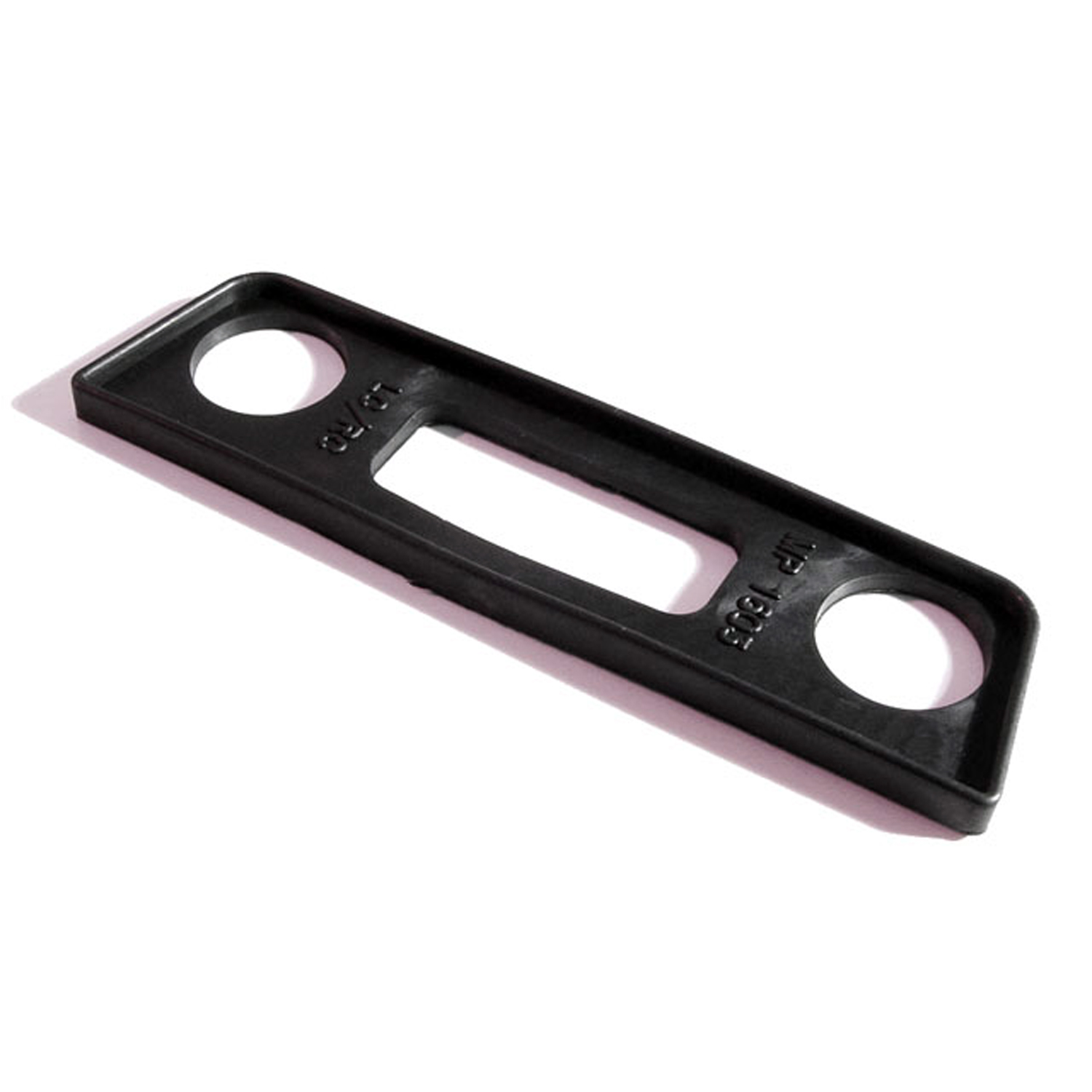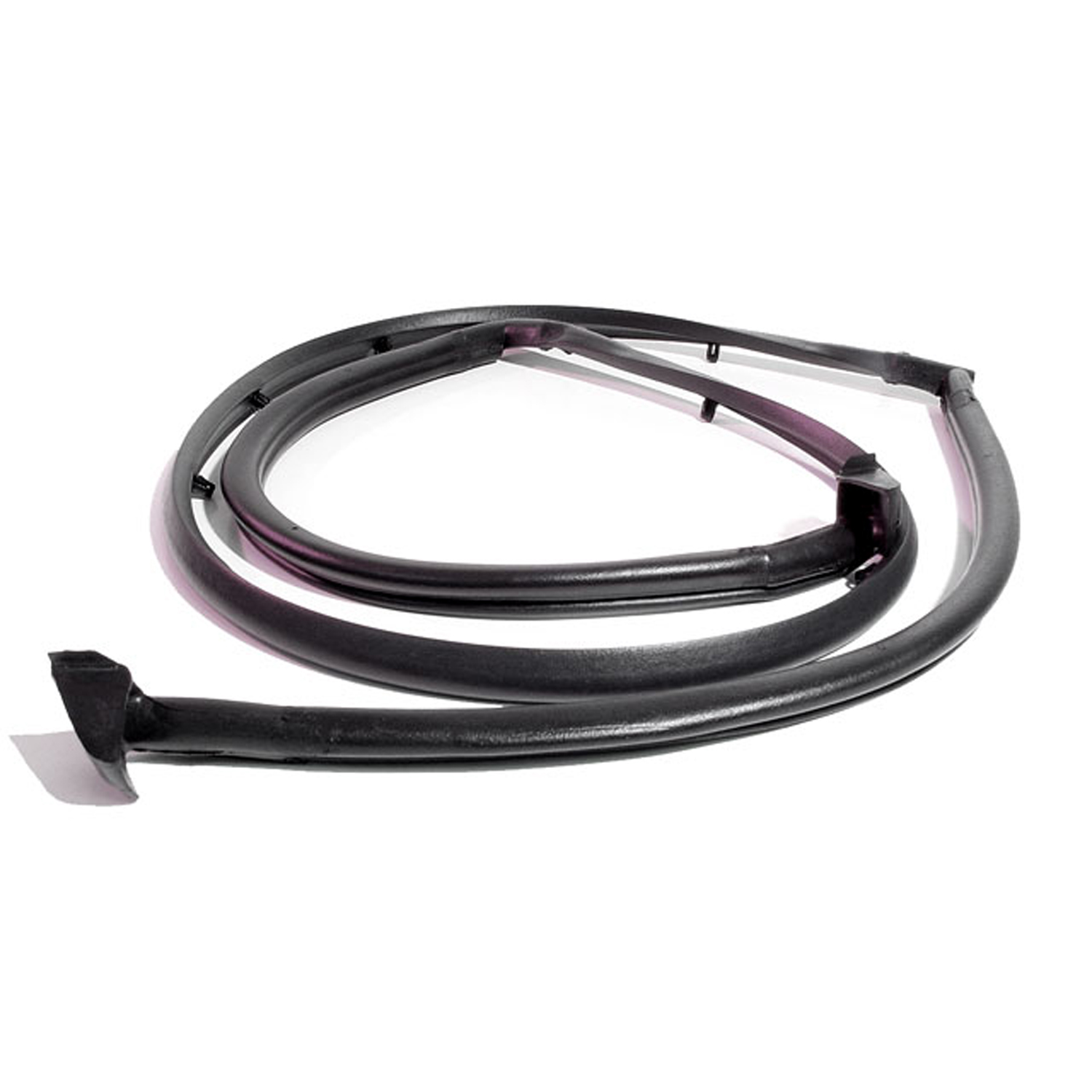Image of 1976 Jeep Wagoneer, Note: These illustrations use artistic license and may differ from actual historical models.
Performance Metrics
Fundamental Metrics
Emotional Appeal
MMP Rating
| Engine Specifications | |
|---|---|
| Engine: | AMC 360 V8 |
| Displacement: | 5.9L |
| Horsepower: | 175-195 hp |
| Torque: | 285-295 lb-ft |
| Compression Ratio: | 8.5:1 |
| Ignition System: | Electronic Ignition |
| Cooling System: | Liquid-cooled |
| Performance Specifications | |
| 0-60 Time: | Estimated 11-13 seconds |
| 1/4 Mile Time: | Estimated 18-20 seconds |
| Top Speed: | 100 mph |
| Transmission and Drive | |
| Drive Type: | 4WD |
| Transmission Type: | 3-speed automatic or 4-speed manual |
| Fuel and Efficiency | |
| Fuel System Type: | Carburetor |
| MPG: | 10-12 mpg |
| Dimensions and Brakes | |
| Brakes: | Front disc and rear drum brakes |
| Wheelbase: | 109 inches |
| Weight: | 4,500 lbs |
Note: Specifications for classic cars are given to the best of our ability, considering the limited and variant data available.
The Quintessential American Classic: The 1976 Jeep Wagoneer
The 1976 Jeep Wagoneer is not just a vehicle; it's a testament to rugged luxury and a pioneering spirit. Born from the Willys-Overland company, which later became part of the American Motors Corporation (AMC), the Wagoneer was an early forerunner in the SUV category, combining off-road capability with comfort. Its historical significance is anchored in its role as a precursor to the modern SUV, offering a unique blend of utility and sophistication. A notable moment in its history was when it became one of the first four-wheel-drive vehicles to offer an automatic transmission, setting a new standard for the industry.
Design and Innovation
The exterior of the 1976 Jeep Wagoneer was a harmonious blend of muscle and grace. Its broad stance and classic seven-slot grille exuded confidence, while woodgrain vinyl siding gave it a touch of elegance. Inside, passengers were greeted with a functional yet comfortable cabin, featuring durable materials built to withstand the rigors of both urban and rural use. Technologically, it boasted innovations like Quadra-Trac, the first automatic full-time four-wheel-drive system. Color options ranged from the earthy Alpaca Brown to the vibrant Deep Night Blue, with Classic Black being a popular choice that accentuated its bold lines. The most iconic body style was the four-door station wagon, which became synonymous with family adventures and cross-country road trips.
Historical Significance
The Wagoneer's impact on automotive design was profound. It bridged the gap between the rugged utility vehicles of the past and the comfortable family cars of its era. It set itself apart with its unique combination of off-road prowess and creature comforts, influencing a generation of SUVs that would follow. Its lasting influence can be seen in the luxury SUVs that dominate today's market.
Performance and Handling
Under the hood, the 1976 Wagoneer was powered by a range of engines, with the 360 cubic inch V8 being a popular choice. This powerplant propelled the Wagoneer from 0-60 mph in a time that was respectable for such a substantial vehicle. On the road, it handled bumps with poise, thanks to its sturdy suspension, and navigated windy conditions with ease. The driving experience was characterized by the throaty rumble of the engine and a commanding view of the road, creating a sense of unbridled freedom for the driver.
Ownership Experience
The Wagoneer was versatile, serving as a daily driver for families, a dependable workhorse for outdoor enthusiasts, and occasionally, a show car for collectors. Maintenance and reliability were hallmarks of the Wagoneer, with parts being readily available and repairs manageable for the average owner.
Fun Facts
The Wagoneer has its share of trivia; for instance, it was one of the first vehicles to offer air conditioning in an off-road capable vehicle. While not known for setting speed records, it certainly set sales records for its class. It also graced many driveways of celebrities and appeared in significant historical events as a vehicle of choice for government officials. Common criticisms included its fuel consumption, which by today's standards would be considered thirsty.
Collector's Information
Today, the 1976 Jeep Wagoneer holds a special place in the hearts of collectors. With production numbers in the tens of thousands, it's rare but not unattainable. The value range for a well-maintained example can vary widely but expect figures anywhere from $15,000 to over $30,000 depending on condition and originality. The Wagoneer has seen an appreciation in value over time as enthusiasts seek out this blend of Americana and utility.
Conclusion
The 1976 Jeep Wagoneer stands as a monument to American ingenuity and foresight in automotive design. It encapsulates an era where adventure met luxury on the open road. For those who own one today, it's not just a means of transportation; it's a piece of history—a narrative on wheels that continues to captivate and inspire.
1976 Jeep Wagoneer Catalog of Parts
 1976 Jeep Wagoneer Clutch and Brake Pedal Pads. Pair-CB 61-BClutch and Brake Pedal Pads. Pair
1976 Jeep Wagoneer Clutch and Brake Pedal Pads. Pair-CB 61-BClutch and Brake Pedal Pads. Pair 1976 Jeep Wagoneer Door Lock Gasket. Each-MP 1600Door Lock Gasket. Each
1976 Jeep Wagoneer Door Lock Gasket. Each-MP 1600Door Lock Gasket. Each 1976 Jeep Wagoneer Roof rack pad. Fits right front or left rear-MP 1601Roof rack pad. Fits right front or left rear. Replaces OEM# J5465665. Each.
1976 Jeep Wagoneer Roof rack pad. Fits right front or left rear-MP 1601Roof rack pad. Fits right front or left rear. Replaces OEM# J5465665. Each. 1976 Jeep Wagoneer Roof rack pad. Fits left front or right rear-MP 1602Roof rack pad. Fits left front or right rear. Replaces OEM# J5465666. Each.
1976 Jeep Wagoneer Roof rack pad. Fits left front or right rear-MP 1602Roof rack pad. Fits left front or right rear. Replaces OEM# J5465666. Each. 1976 Jeep Wagoneer Roof rack pad. Fits center standee. Replaces OEM# J5465676-MP 1603Roof rack pad. Fits center standee. Replaces OEM# J5465676. Each.
1976 Jeep Wagoneer Roof rack pad. Fits center standee. Replaces OEM# J5465676-MP 1603Roof rack pad. Fits center standee. Replaces OEM# J5465676. Each. 1976 Jeep Wagoneer Tailgate lock base gasket. Replaces OEM# J5465676. Each.-MP 1604Tailgate lock base gasket. Replaces OEM# J5465676. Each.
1976 Jeep Wagoneer Tailgate lock base gasket. Replaces OEM# J5465676. Each.-MP 1604Tailgate lock base gasket. Replaces OEM# J5465676. Each. 1976 Jeep Wagoneer Door handle mounting pads. 4-piece set. R&L.-MP 1700Door handle mounting pads. 4-piece set. R&L.
1976 Jeep Wagoneer Door handle mounting pads. 4-piece set. R&L.-MP 1700Door handle mounting pads. 4-piece set. R&L. 1976 Jeep Wagoneer Lower Tailgate Seal. Replaces OEM #J5451573. Each-TG 91Lower Tailgate Seal. Replaces OEM #J5451573. Each
1976 Jeep Wagoneer Lower Tailgate Seal. Replaces OEM #J5451573. Each-TG 91Lower Tailgate Seal. Replaces OEM #J5451573. Each 1976 Jeep Wagoneer Vulcanized Windshield Seal. 164-1/4" Long. Each-VWS 0643Vulcanized Windshield Seal. 164-1/4" Long. Each
1976 Jeep Wagoneer Vulcanized Windshield Seal. 164-1/4" Long. Each-VWS 0643Vulcanized Windshield Seal. 164-1/4" Long. EachWhy Choose Metro?
For over 100 years, Metro Moulded Parts has been the pinnacle of quality in classic car restoration parts. Our commitment to precision and authenticity in every component ensures a perfect fit and an OEM-level appearance.
- Expert Craftsmanship & Quality: Each part is a testament to our dedication to reliability and perfection, crafted from original designs and thoroughly tested.
- Advanced Technology: We use cutting-edge techniques to create flawless, long-lasting parts that surpass others in performance.
- SuperSoft Sponge – The Ultimate Door Seal: Not only are our door seals 30% softer than competitors', but they're also guaranteed to never leak. They effectively reduce wind and road noise, enhancing your classic car's comfort and driving experience.
- Proudly American: Our parts are a product of American craftsmanship, made in the USA with a spirit of excellence and heritage.
- Unrivaled Warranty: We back our products with a 30-year industry-leading warranty, a testament to our confidence in their quality.
Join us in preserving the legacy of classic cars with parts that are crafted for perfection, not just made.

